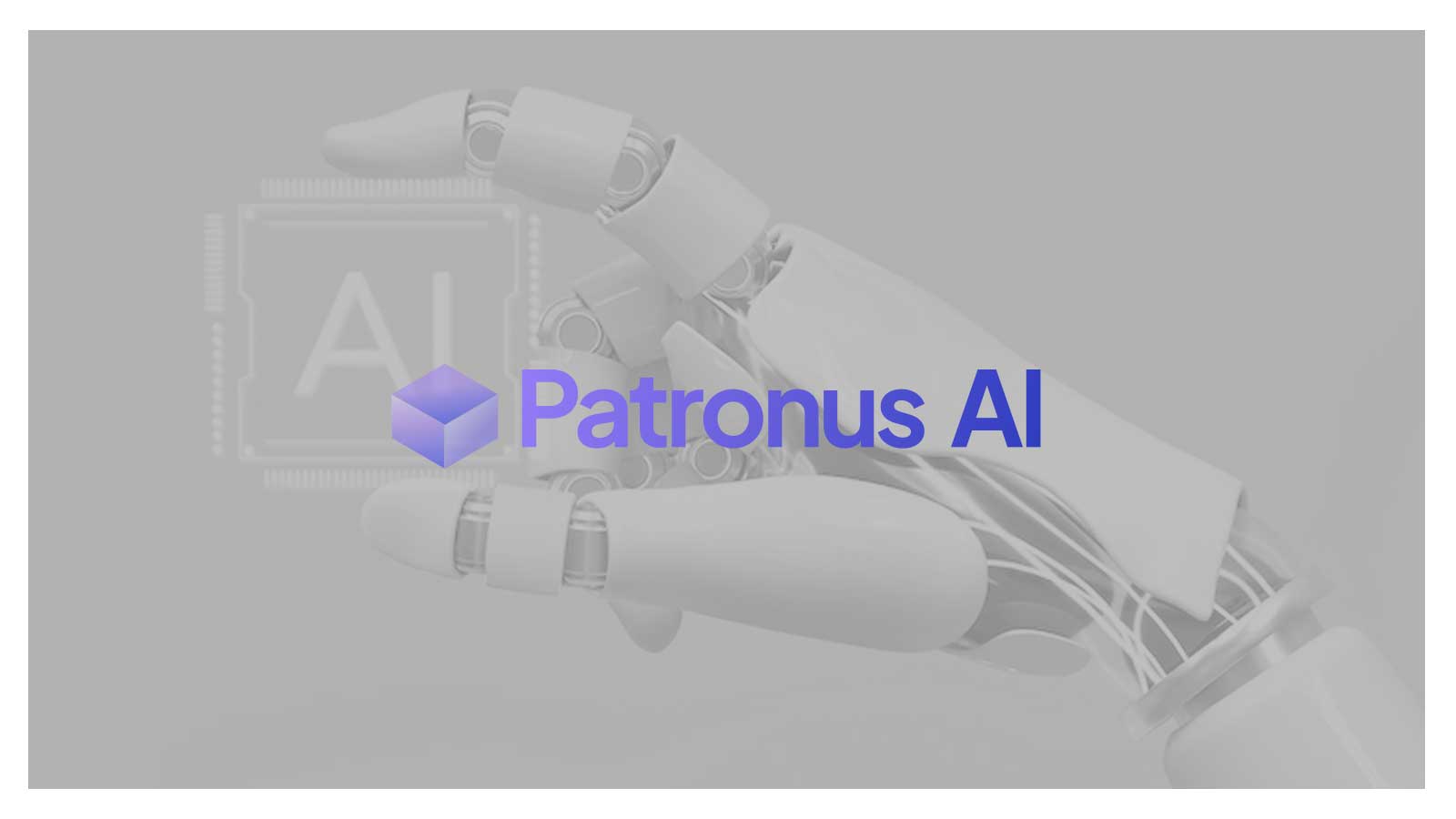Open-Source AI Hallucination Detection Gains Enterprise Traction
Open-Source AI Hallucination Detection and Enterprise Adoption
Open-source AI models for hallucination detection are gaining traction in the enterprise sector due to their ability to enhance reliability and trust in AI systems. Here are some key developments and solutions in this space:
Vectara's Open-Source Hallucination Evaluation Model
Vectara has introduced an open-source model specifically designed to detect and quantify hallucinations in large language models (LLMs). This tool is critical for enterprises that rely on AI for decision-making, as it helps ensure the accuracy and credibility of AI-generated content. By providing a transparent and customizable solution, Vectara's model enables businesses to integrate hallucination detection seamlessly into their workflows.
Learn more: Vectara Unveils Open-Source Hallucination Evaluation Model
Vianai's Open-Source Solution for AI Hallucination
Vianai has launched an open-source framework aimed at addressing the hallucination problem in AI systems. This solution is particularly valuable for enterprises that need to deploy AI at scale while minimizing risks associated with inaccurate or misleading outputs. Vianai's approach emphasizes interpretability and control, allowing businesses to fine-tune AI models to meet specific operational requirements.
Learn more: Vianai's New Open-Source Solution Tackles AI's Hallucination Problem
Enterprise Adoption and Innovation
Open-source AI models are driving innovation and adoption in the enterprise space by offering cost-effective, scalable, and transparent solutions. These models empower businesses to address critical challenges such as hallucination detection, ensuring that AI systems deliver reliable and actionable insights. As enterprises increasingly adopt open-source AI, they are better positioned to leverage AI for competitive advantage and operational efficiency.
Learn more: Open-Source AI Models for Enterprise Adoption & Innovation
Key Benefits for Enterprises
- Enhanced accuracy and reliability of AI outputs.
- Customizable solutions tailored to specific business needs.
- Cost-effective deployment and scalability.
- Transparency and control over AI systems.
By leveraging open-source AI hallucination detection tools, enterprises can build more trustworthy AI systems, fostering innovation and driving business impact.

